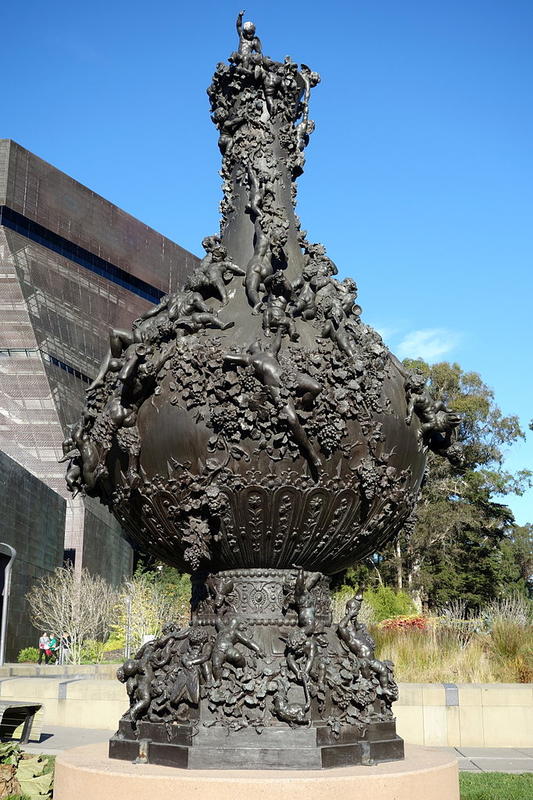More about The Vintage Vase (Poeme de la Vigne)
- All
- Info
- Shop

Contributor
In Poème de la Vigne, Gustave Doré shows us you can't spell party without art.
Nobody knew how to have a good time like Dionysus, the Greek god of wine. As the patron deity of booze and booze-having he was essentially a non-stop 24/7 party beast, and everybody in his entourage had wrecking house and having fun as their raison d'être. Also known as Bacchus (you can't party that hard without needing to use an alias now and again), his festivals were so hardcore that it's believed they actually gave rise to the entire Greek theater tradition, which goes to show that you can't throw an awesome rager without creating some drama. Today the English word bacchanal is derived from his name and means a truly off-the-chain party, though most people who know that are rarely invited to any.
While the worship of Roman deities seems to have died down in the past few thousand years, the wine industry continues to maintain a soft spot for their classical patron, and winemakers often use Bacchus-related imagery as part of their décor. So when French winemakers wanted to make a truly memorable display at the 1878 Paris World's Fair, they contracted artist Gustave Doré to produce a piece of classically beautiful sculpture that would honor both their profession and their favorite divine drunk. What they got for their trouble was the three-ton Poème de la Vigne (“Story of the Vine”), cast in the shape of a great bronze vase and adorned all about with images of Dionysus's mythological retinue of winged kids and goat-people frolicking and cavorting with the grape harvest. There are also some rats and giant spiders mixed in there, because if you're not having nightmares then it isn't a Doré.
Doré unfortunately kicked the wine-bucket a few years later without fully paying off his debts to the foundry that cast the piece, and they were forced to make up the costs by shipping it to the US and charging admission to see it at the 1893 World's Columbian Exposition in Chicago. (For whatever reason, gigantic bronze vases covered with bug-monsters and naked people wrestling in grapes seem to have been like catnip to world's-fair-goers.) There, it was discovered by M.H. de Young, who fell in love with it and had it sent to the Midwinter International Exposition, another world's fair in San Francisco the following year. (Seriously, they just couldn't get enough of this stuff.)
When the expo concluded, de Young decided he couldn't part from his unwieldy Doré-an darling and bought it himself for $11,000, thus saving the owners the trouble of finding more world's fairs to ship it to. It's remained in San Francisco ever since; it was knocked over during the 1906 earthquake and fire, but in a testament to either Doré's craftsmanship or the durability of three-ton bronze things, it remained undamaged. Today, it sits at the side of a path outside of San Francisco's de Young Museum, where you can just go up and poke it if the mood strikes you.
Featured Content
Here is what Wikipedia says about Le Poème de la Vigne
Le Poème de la Vigne is an 11 foot tall sculpture by Gustave Doré, from 1878. It was originally created for the Paris World's Fair, in 1878. It is currently installed in San Francisco's Golden Gate Park, in the U.S. state of California.
Check out the full Wikipedia article about Le Poème de la Vigne













